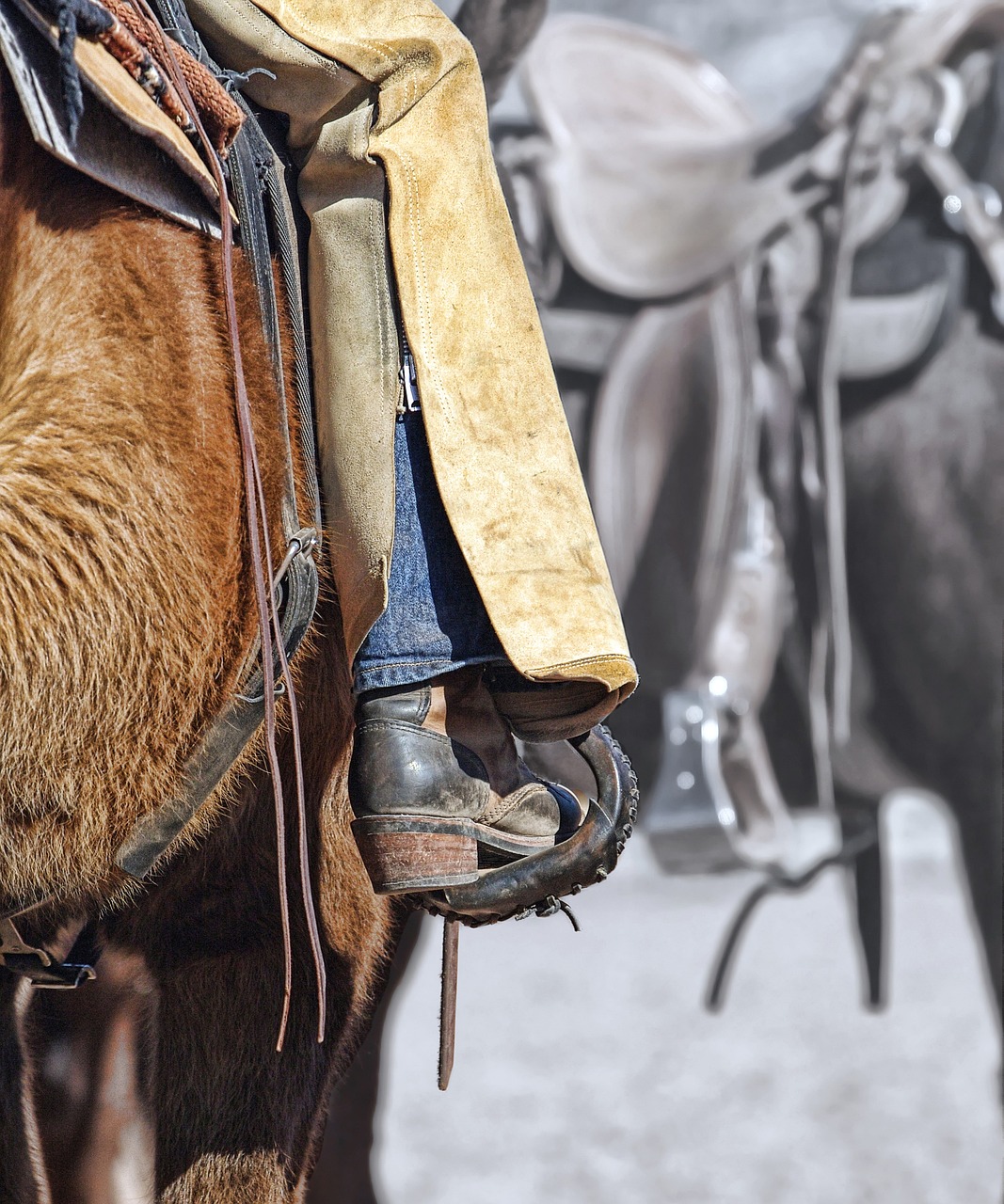Picture this: You’ve always had a love for horses and now you’ve got the opportunity to actually own one. But there’s more to horse ownership than just feeding and grooming. A crucial part of ensuring a comfortable ride involves understanding and choosing the proper horse tack. This guide “Understanding Basic Horse Tack” is specifically designed for you. It walks you through the essentials of horse tack, from bridles to saddles, providing you with the necessary knowledge to select the best gear for your horse. It’s the first step you need to take towards mastering the art of horse riding.
Definition of Horse Tack
Hey there! Have you ever wondered about all the equipment used by equestrians when taking their horses for a ride? This equipment is known as horse tack, which plays an essential role in equestrian activities. Buckle up, let’s take a closer look at horse tack together!”);
What constitutes horse tack
Horse tack is a collective term for several equipment, accessories, and devices used by riders to control, guide, and manage horses during various activities. It includes saddles, bridles, reins, halters, stirrups, bits, and harnesses, among others. These items facilitate communication between the horse and its rider, providing safety, control, and comfort.
The importance of horse tack for both rider and horse
Horse tack is quintessential for both rider and horse. For the rider, horse tack offers control over the horse, ensuring the rider’s safety and enhancing their riding experience. For the horse, appropriately fitted tack ensures comfort and helps prevent injuries or discomfort, making the experience enjoyable for them as well.
Types of Horse Tack
Variety is the spice of life, and this is also true with horse tack. Let’s delve into the various types available:
Bridles
A bridle is a vital part of horse tack. It’s the headgear used to control a horse, consisting of the bit, the straps, and the reins. Different types of bridles exist, including snaffle bridles, double bridles and western bridles, each suitable for specific disciplines.
Saddles
The saddle is a supportive structure fastened on the horse’s back to help the rider maintain balance and control. They come in different styles, such as Western, English, and endurance saddles, each tailored for a specific activity or riding discipline.
Harness
The harness is used for connecting a horse to a vehicle, such as a carriage or a cart. It consists of several components, including a collar or a breastcollar, saddle, breeching, and traces.
Reins
Reins are straps attached to the bit for directing the horse. There are many styles, such as split reins, closed reins, and romal reins, each designed for distinct riding disciplines.
Stirrups
Stirrups are devices attached to the saddle to support the rider’s feet. They enhance balance and control during riding and come in various types, including safety, English, Western, and endurance stirrups.
Bits
A bit is a crucial component of a bridle. It’s placed in a horse’s mouth and helps in controlling the horse. Bits come in various designs and styles, including snaffle bits, curb bits, and pelham bits.
Halters
A halter is an essential piece of horse tack used mainly for leading or tying up the horse. It fits over the horse’s head and includes a lead rope that the handler can hold.
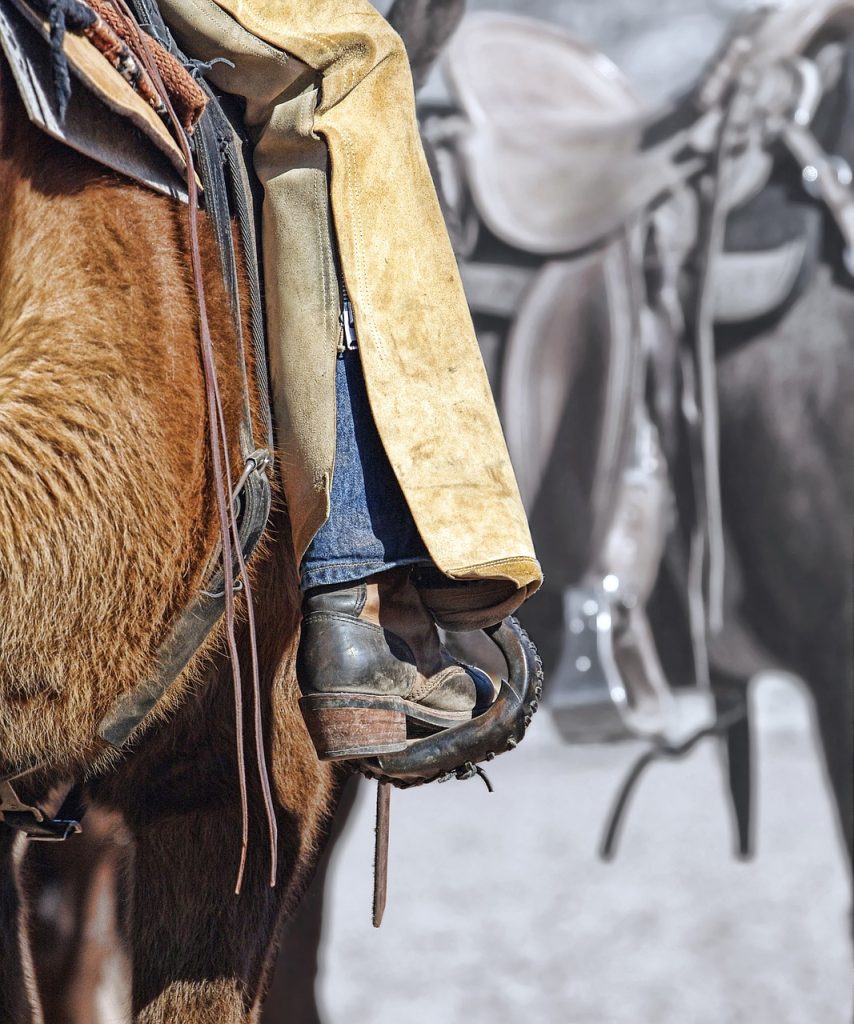
Different Materials Used in Horse Tack
Horse tack is as diverse as the materials it’s made from. Let’s check these out:
Leather
Leather is the traditional and most popular material used in horse tack. It’s durable, flexible, and aesthetically pleasing, perfect for high-quality tack.
Synthetic materials
Modern tacks often use synthetic materials like nylon and neoprene. These materials are resistant to weather, easy to clean, lighter, and usually cheaper than leather.
Metal
Metal is used in parts of the tack, such as bits, stirrup irons, and buckles since it is durable and maintains structure.
Rubber
Rubber is often used in making bits and rein grips. It is soft, durable, and offers a comfortable, secure grip.
Cloth
Cloth materials, such as cotton and wool, are used in making saddle pads, blankets, and girth covers. They provide comfort and prevent rubbing against the horse’s skin.
Understanding the Bridle
Taking a closer look at the bridle will help us uncover its secrets. Let’s dive in:
Different types of bridles
Bridles can be divided into several types, typically based on the bit they use or the discipline for which they’re intended. This includes snaffle bridles, double bridles, and Western bridles.
How to fit a bridle correctly
Fitting a bridle correctly is crucial ensuring the comfort of the horse. A relatively well-fitted bridle won’t be too tight, which could cause discomfort, or too loose, which can make it ineffective.
The role of the bit in the bridle
The bit is an integral part of the bridle. It is held in the horse’s mouth and is used by the rider to direct and control the horse by applying pressure on the horse’s mouth.
Maintenance and care for bridles
Maintenance is essential to ensure the bridle lasts long and stays safe. Regular cleaning with appropriate leather cleaners and conditioners is recommended, and occasional checks for wear and tear are crucial to replace compromised parts.
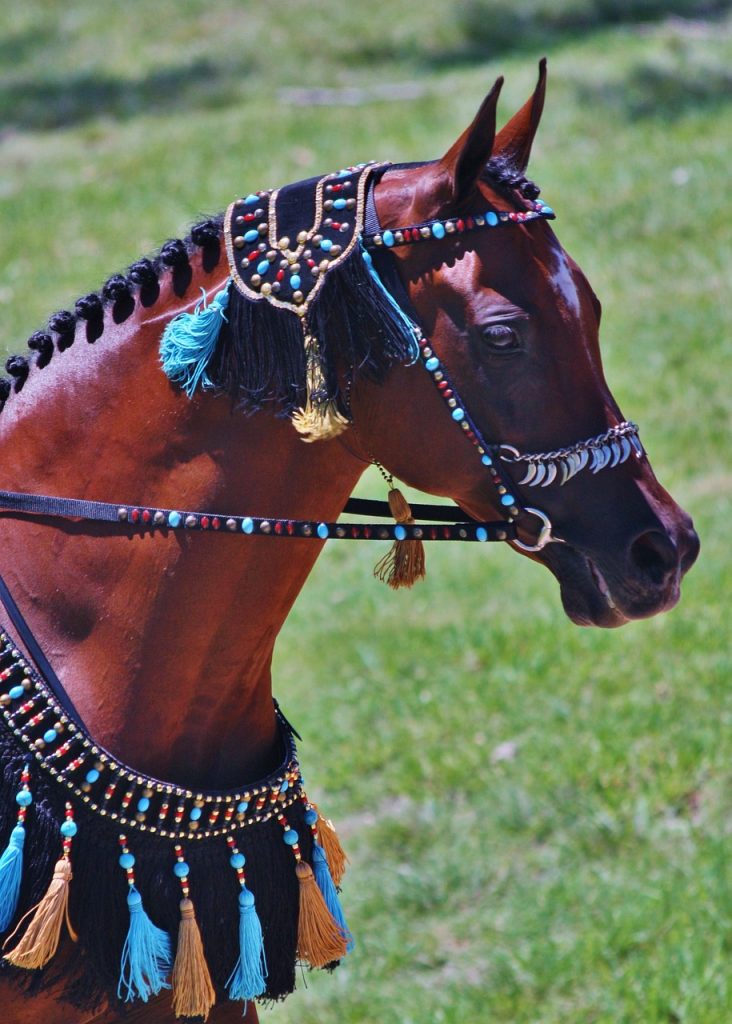
All About Saddles
The saddle is a veritable throne for riders. Let’s explore it in more depth:
Different types of saddles
Various types of saddles are available, each designed for a specific kind of riding. The main types include the English saddle, the Western saddle, and the Endurance saddle.
How to fit a saddle correctly
Correct saddle fitting is paramount for both the comfort of the rider and the horse. It should align with the horse’s back’s shape and size, and the rider should feel snug and secure.
Parts of a saddle
A saddle consists of numerous parts such as the seat, pommel, cantle, stirrup leathers, and more. Familiarizing yourself with these parts will lead to a better understanding and use of the saddle.
Maintenance and care for saddles
Much like the bridle, saddles require regular cleaning and maintenance to remain in top shape. Cleaning with saddle soap and conditioning with oil or conditioner will keep the leather supple and prevent cracks.
Essentials of the Harness
The harness is the heart of equestrian driving events. Let’s understand it further:
Different types of harnesses
There are several types of harnesses depending on the activity or the breed of the horse. This includes the breast collar harness, used for light work, and the collar and hames harness used for heavier pulling.
Uses of horse harnesses
Harnesses are employed when horses are used to pull objects. They are often used for horse-drawn carriage rides, farm work, and competitive driving events.
How to fit a harness correctly
Properly fitting a harness is crucial for the horse’s comfort and effectiveness of the pull. An ill-fitted harness can lead to sore spots or injuries on the horse and diminished pulling power.
Maintenance and care for harnesses
Harnesses, especially those made from leather, require frequent cleaning and conditioning. Keeping the metal parts rust-free and replacing weakened straps will prolong your harness’s lifespan.
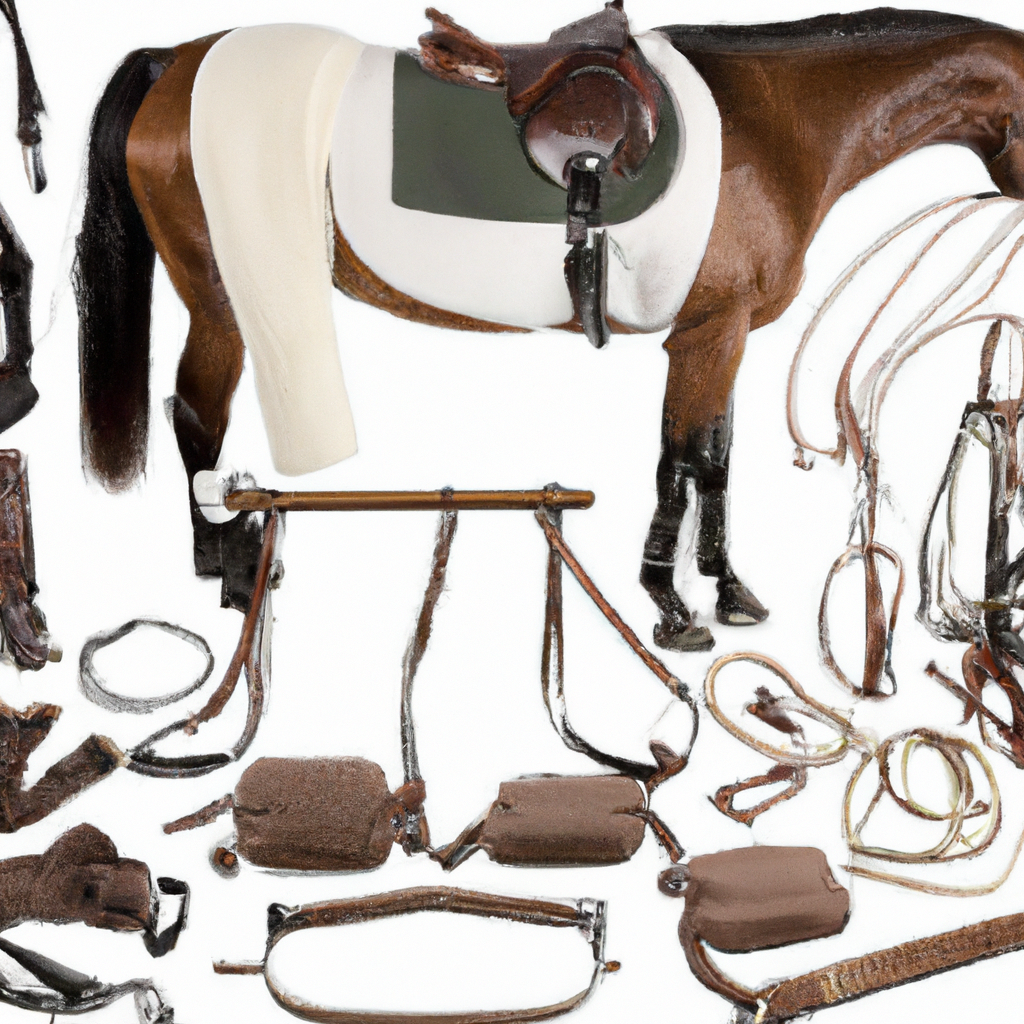
Reins and Their Role
Reins are the direct line of communication with the horse, let’s delve into their admirable simplicity:
Different types of reins
Reins come in various types, including split reins, popular in Western riding, and closed reins, often used in English riding disciplines.
The function of reins in horse riding
Reins serve as a line of communication between the horse and rider. By applying various levels of pressure, a rider can guide the horse’s speed and direction.
How to hold and use reins correctly
Holding reins correctly is instrumental in steering the horse. The technique varies depending on the type of reins and the riding discipline.
Maintenance and care for reins
Reins need regular inspection to ensure their strength and integrity. Leather reins should be cleaned and conditioned regularly, while synthetic reins need to be checked for fraying and wear.
Significance of Stirrups
Stirrups provide security and stability for riders, making them an invaluable part of horse tack.
Different types of stirrups
Stirrups vary widely based on their intended discipline and user preferences. They include basic flat stirrups, safety stirrups, and Western-style bell stirrups.
The role of stirrups in horse riding
Stirrups provide support for a rider’s feet, help in mounting the horse, and grant stability and balance when riding.
How to adjust stirrups correctly
Correct stirrup adjustment is essential for ease and safety in riding. Stirrups set too short can unbalance a rider, and too long can lead to a struggle for control and stability.
Maintenance and care for stirrups
Stirrups are often made of metal and require little maintenance. However, you should check regularly for signs of wear and promptly replace any that show damage.
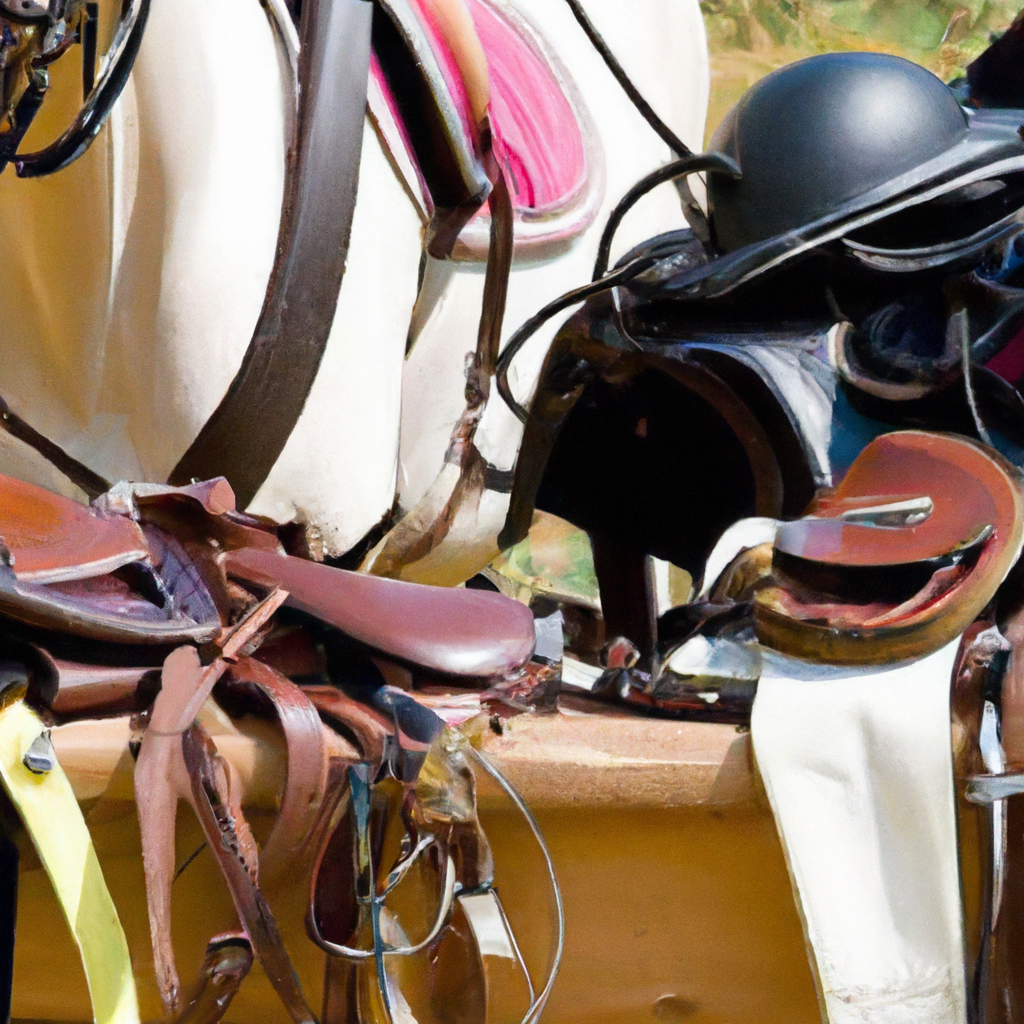
Bits and Their Uses
Bits are vital instruments used to guide horses. Let’s discover more about them:
Different types of bits
Bits are available in various styles, sizes, and materials, each designed to work differently within the horse’s mouth. This includes snaffle bits, curb bits, and gags.
How a bit functions
A bit exerts pressure inside the mouth and on the horse’s cheeks and chin, translating the rider’s rein aids to the horse.
How to choose and fit a bit correctly
Choosing and fitting a bit correctly is essential for effective control and the horse’s well-being. The bit should be appropriately sized for the horse’s mouth and comfortable enough not to cause damage or discomfort.
Maintenance and care for bits
Bits should be regularly inspected for damage and wear. Cleaning after each use is necessary to remove saliva and food debris, preventing discomfort and possible infection in the horse’s mouth.
Safety Considerations in Using Horse Tack
Safety should always be the number one priority while using horse tack:
Regular inspection and maintenance of tack
To ensure the safety and longevity of horse tack, regular inspection and maintenance are crucial. This helps to detect damage or wear which can prevent accidents.
Proper fitting of tack to prevent discomfort and injury
Improperly fitted tack can cause discomfort and injuries to both horse and rider. Always take the time to ensure that all tack is adjusted correctly.
Use of safety gear
Wear safety equipment like a riding helmet, safety vest, and appropriate footwear can significantly reduce injury risk.
Training for correct use of tack
Lastly, getting appropriate training or instructions on the correct use of horse tack is important for your safety and that of your horse. Always remember, correct tack usage equals happy horse and rider!
Well, that’s it for our comprehensive guide on horse tack. Next time you saddle up, you’ll be more informed about the tools at your disposal. Remember, these aren’t just pieces of equipment; they’re essential components of a rewarding, safe, and enjoyable riding experience. Happy riding!
